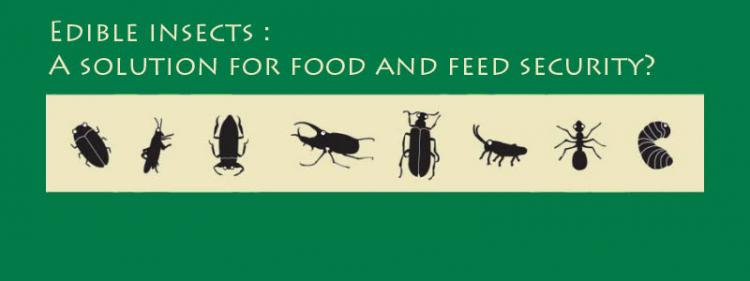Edible insects : Future prospects for food and feed security

( Foreword) It is widely accepted that by 2050 the world will host 9 billion people. To accomodate this number, current food production will need to almost double. Land is scarce and expanding the area devoted to farming is rarely a viable or sustainable option. Oceans are overfished and climate change and related water shortages could have profound implications for food production.
To meet the food and nutrition challenges of today – there are nearly 1 billion chronically hungry people worldwide – and tomorrow, what we eat and how we produce it needs to be re-evaluated. Inefficiencies need to be rectified and food waste reduced. We need to find new ways of growing food.
Edible insects have always been a part of human diets, but in some societies there is a degree of distaste for their consumption. Although the majority of edible insects are
gathered from forest habitats, innovation in mass-rearing systems has begun in many countries. Insects offer a significant opportunity to merge traditional knowledge and
modern science in both developed and developing countries. This publication has its beginnings in an effort in FAO’s Forestry Department to recognize the traditional practices of gathering insects for food and income, and to document the related ecological impacts on forest habitats.
Read the "Edible insects : Future prospects for food and feed security" document published by the Food and Agriculture Organization
© FAO 2013
- Identifiez-vous pour poster des commentaires

